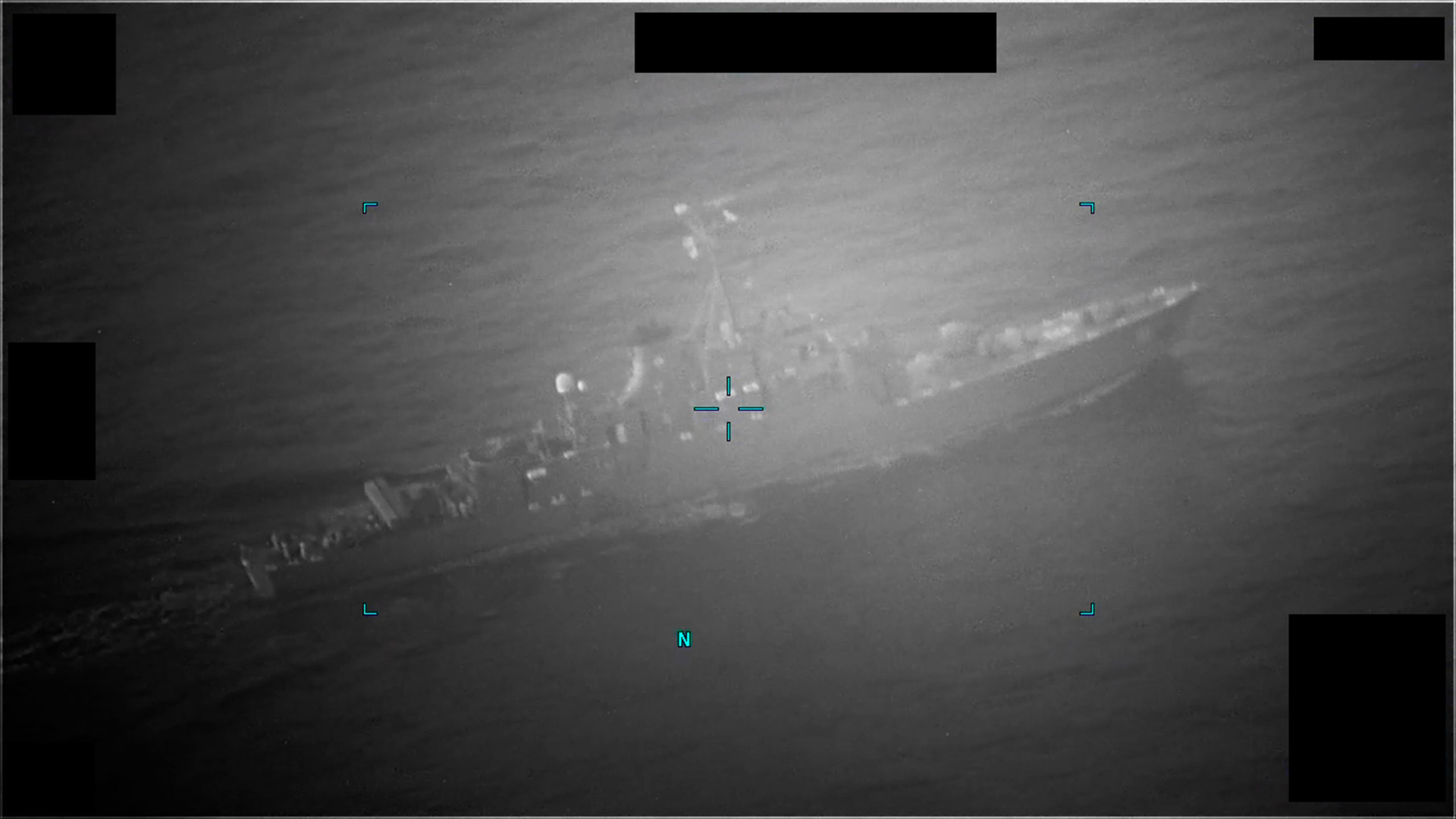

The U.S. Navy stopped Iranian warships from seizing two oil tankers in the Gulf of Oman on Wednesday, according to United States Naval Forces Central Command.
Unlike previous confrontations between Iranian and US naval forces, the two incidents on Wednesday involved the Islamic Republic of Iran Navy, not the Islamic Revolutionary Guard Navy, said 5th Fleet spokesman Cmdr. Timothy Hawkins.
The Iranian navy did not fire at U.S. forces during the two attempts to take over the tankers, Hawkins told Task & Purpose.
The first incident took place when an Iranian Combattante II fast-attack craft approached the tanker TRF Moss around 1 a.m. on Wednesday, Navy officials said. The Iranian vessel left after the destroyer USS McFaul arrived along with an MQ-9 Reaper and a P-8 Poseidon maritime patrol aircraft.
Roughly three hours later, the oil tanker Richmond Voyager sent a distress call saying that an Iranian corvette had come within a mile of the tanker and ordered it to stop, according to the Navy.
Subscribe to Task & Purpose Today. Get the latest military news and culture in your inbox daily.
The McFaul steamed toward the Richmond Voyager at flank speed. Once again, the Iranians retreated when the McFaul arrived, a Navy news release says. By that time, Iranian sailors had already fired “long bursts from both small arms and crew-served weapons” at the Richmond Voyager, striking the tanker’s hull near the crew’s living quarters.
In a dramatic overhead video of the incident released by the Navy, the rounds fired by the Iranians can be seen ricocheting several hundred yards off of the tanker’s hull.
None of the Richmond Voyager’s crew were injured in the attack.
“I couldn’t be prouder of the entire [U.S. Naval Forces Central Command] team, especially the exceptional effort by the McFaul crew, for immediately responding and preventing another seizure,” Vice Adm. Brad Cooper, commander of U.S. Naval Forces Central Command, U.S. 5th Fleet and Combined Maritime Forces, said in statement. “We remain vigilant and ready to protect navigational rights in these critical waters.”
The U.S. Navy has sparred with the Iranians several times over the years. In April 1988, the Navy sank six Iranian vessels during Operating Praying Mantis, which was launched after the frigate USS Samuel B. Roberts struck an Iranian mine in the Persian Gulf. Since then, gunboats from the Islamic Revolutionary Guard Corps have harassed U.S. warships through provocative maneuvers, often at high speed.
After one such encounter in April 2020, then-President Donald Trump tweeted in April 2020 that he had ordered Navy commanders to “shoot down and destroy any and all Iranian gunboats if they harass our ships at sea.”
Since 2021, the Iranians have attacked, harassed, or seized more than 20 merchant vessels, the Navy news release says. As a result, the U.S. Navy began sending more ships and aircraft to the Strait of Hormuz starting in May.
“Iran’s unwarranted, irresponsible and unlawful seizure and harassment of merchant vessels must stop,” Cooper said earlier this year. “U.S. 5th Fleet and our partners are committed to protecting navigational rights in these critical waters.”
The latest on Task & Purpose
- We salute the USS Chung-Hoon for flying its battle flag on the way back to port
- The New Yorker makes a joke of the Army’s tactical bra. It’s not
- The Army’s yearslong fight over its controversial new fitness test isn’t over yet
- Army names finalists in race to replace M2 Bradley Fighting Vehicle
- The A-10 is retiring and the Air Force has no close air support replacement
